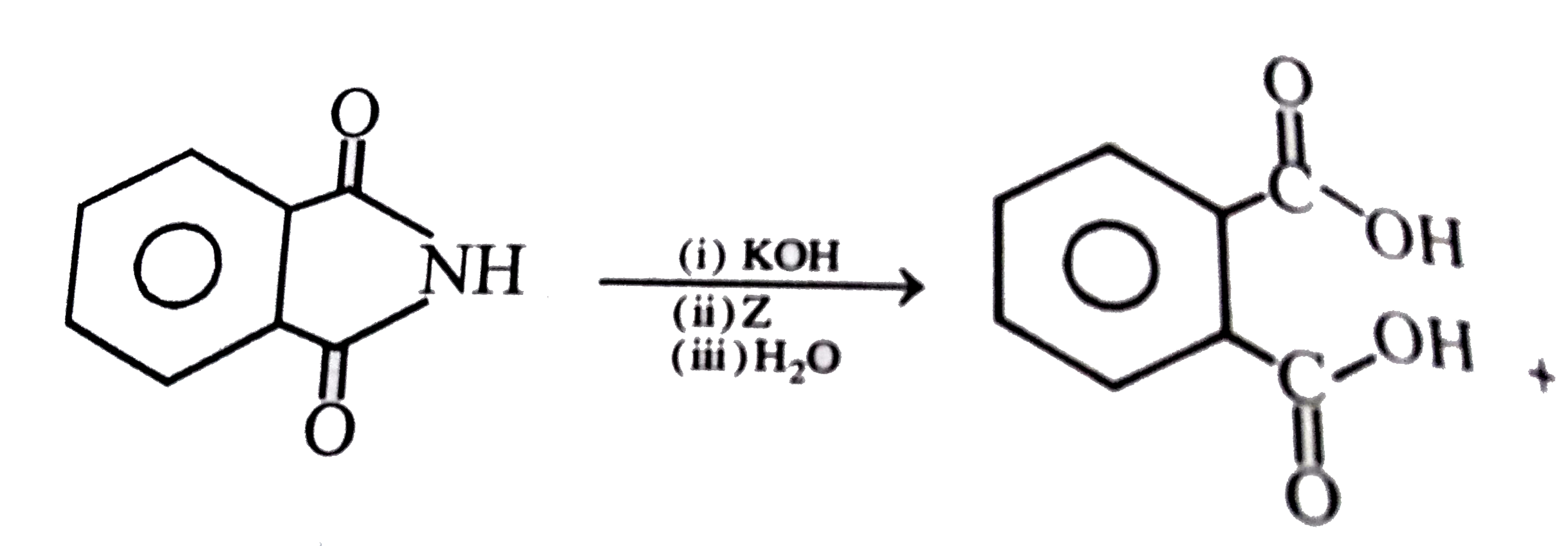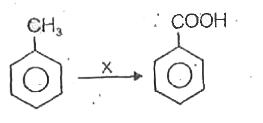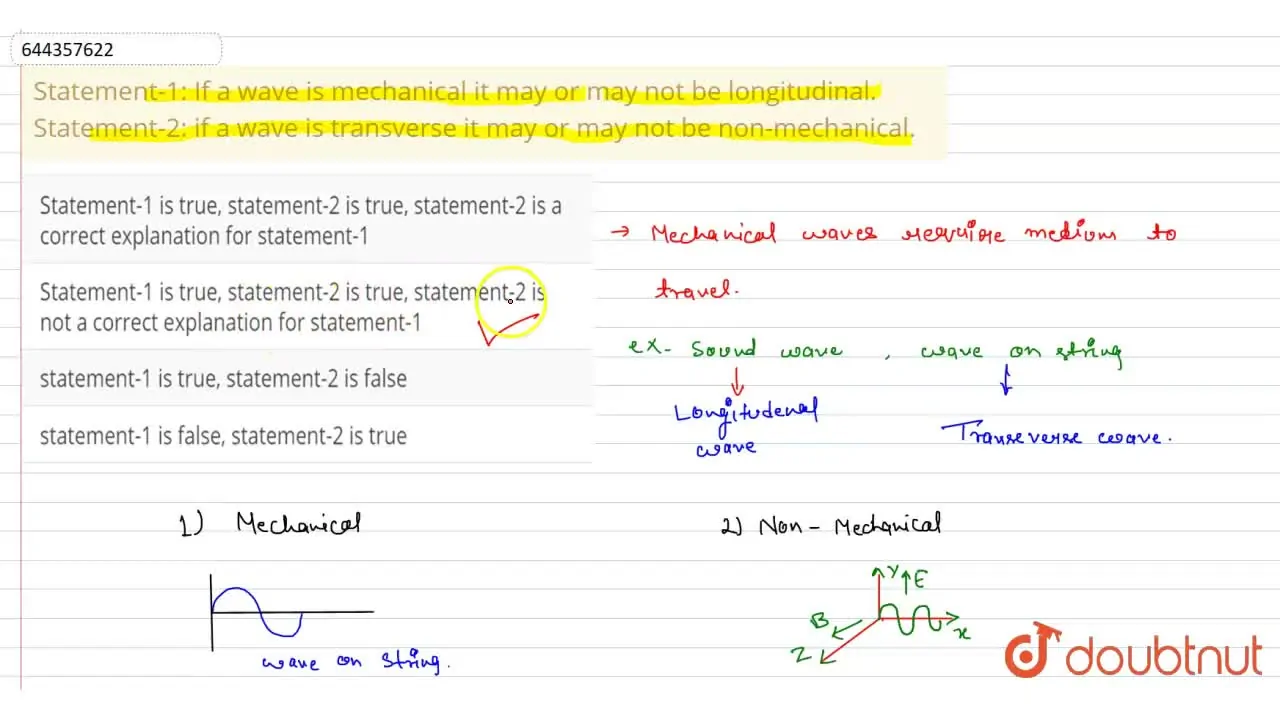Statement-1: If a wave is mechanical it may or may not be longitudinal.
Statement-2: if a wave is transverse it may or may not be non-mechanical.
Statement-1 is true, statement-2 is true, statement-2 is a correct explanation for statement-1
Statement-1 is true, statement-2 is true, statement-2 is not a correct explanation for statement-1
statement-1 is true, statement-2 is false
statement-1 is false, statement-2 is true
The correct Answer is:B
Step by step video & image solution for Statement-1: If a wave is mechanical it may or may not be longitudinal. Statement-2: if a wave is transverse it may or may not be non-mechanical. by Physics experts to help you in doubts & scoring excellent marks in Class 12 exams.
Related Playlists
- BOOK - AAKASH INSTITUTE ENGLISHCHAPTER - WAVESEXERCISE - Assignment (Section-F) (Match the column)2videos
WAVES
- BOOK - AAKASH INSTITUTE ENGLISHCHAPTER - WAVESEXERCISE - Assignment (Section-G) (Integer Type)4videos
WAVES
- BOOK - AAKASH INSTITUTE ENGLISHCHAPTER - WAVESEXERCISE - Assignment (Section-D)9videos
WAVES
- BOOK - AAKASH INSTITUTE ENGLISHCHAPTER - WAVE OPTICSEXERCISE - Assignment (Section-J (Aakash Challengers question))1videos
WAVE OPTICS
- BOOK - AAKASH INSTITUTE ENGLISHCHAPTER - WORK, ENERGY AND POWEREXERCISE - Assignment (SECTION - D)13videos
WORK, ENERGY AND POWER
Similar Questions

Z may not be:View SolutionMechanical waves are
View SolutionWhat are mechanical waves ?
View Solution
X may beView SolutionHormones may be
View Solutionlipid may be
View SolutionStatement-1 : Mechanical transverse waves cannot be generated in gaseous medium
Statement-2 : Mechanical transverse waves can be produced only in such medium which have shearing property.View SolutionTransverse mechanical waves cannot be propagated through
View SolutionStatement-1 : Transverse mechanical waves can not be propagated in liquids and gases.
Statement-2 : Molecules in liquids and gases are having some finite separation from each other.View SolutionName a property common to both longitudinal and transverse wave.
View Solution


